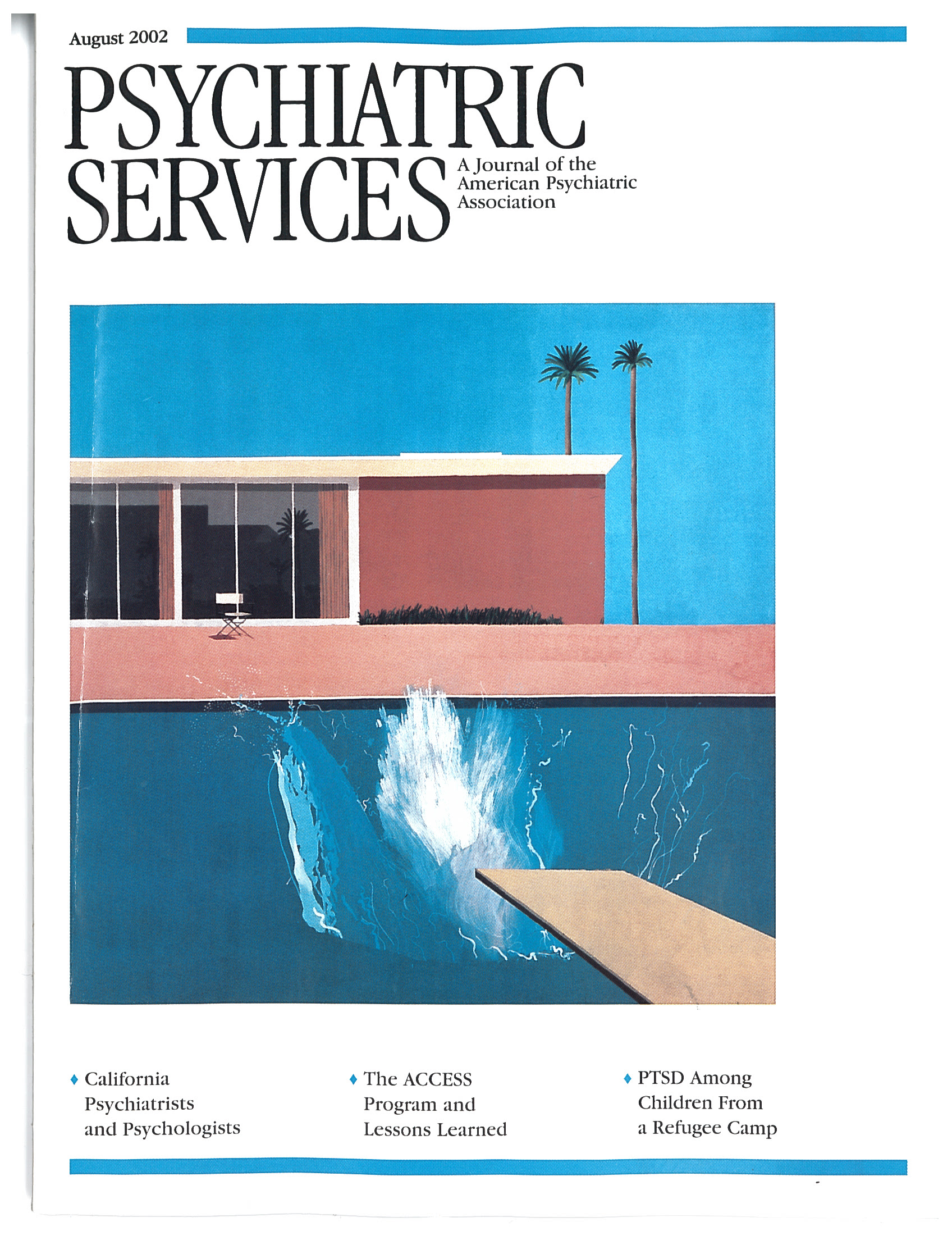Posttraumatic Stress Disorder Among Cuban Children and Adolescents After Release From a Refugee Camp
Abstract
OBJECTIVE: The authors compared self-reported symptoms of posttraumatic stress disorder (PTSD) in a cohort of Cuban children and adolescents with assessments of internalizing and externalizing behaviors by the children's teachers. METHODS: Eighty-seven children and adolescents who had left Cuba by sea in the summer of 1994 and who had been confined to refugee camps for up to eight months before arriving in the United States were evaluated four to six months later. Self-reported symptoms of PTSD were assessed with the Post-Traumatic Stress Disorder Reactive Index, and internalizing and externalizing behaviors were assessed with the Child Behavioral Check List—Teacher Report Form. RESULTS: A majority of the children reported moderate to severe PTSD symptoms. The most common symptom clusters were avoidance (67 percent), regressive behaviors (64 percent), reexperiencing the traumatic events (60 percent), somatic symptoms (52 percent), and hyperarousal (51 percent). Eighty-six percent of the children reported that the refugee experience had severely affected most of their peers. A statistically significant dose-effect relationship was found between the number of stressors and the severity of self-reported PTSD symptoms. There was a modest relationship between withdrawn behavior and children's feelings that they would die at sea and witnessing violence at the camps. Age and witnessing violence in the camps were moderately associated with PTSD. Teachers' overall ratings of externalizing and internalizing behaviors did not produce any clinically significant findings. CONCLUSIONS: PTSD symptoms among refugee children and adolescents who have been exposed to multiple and prolonged stressors may continue unabated after the stressors are removed. The symptoms are experienced subjectively and may go unnoticed by adults.



